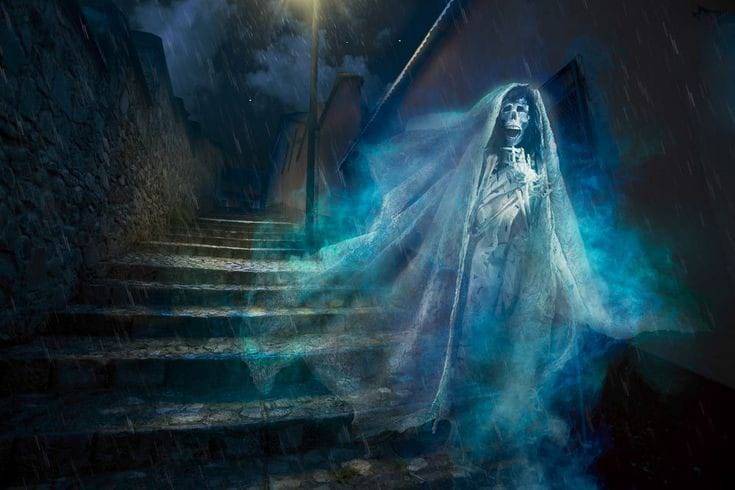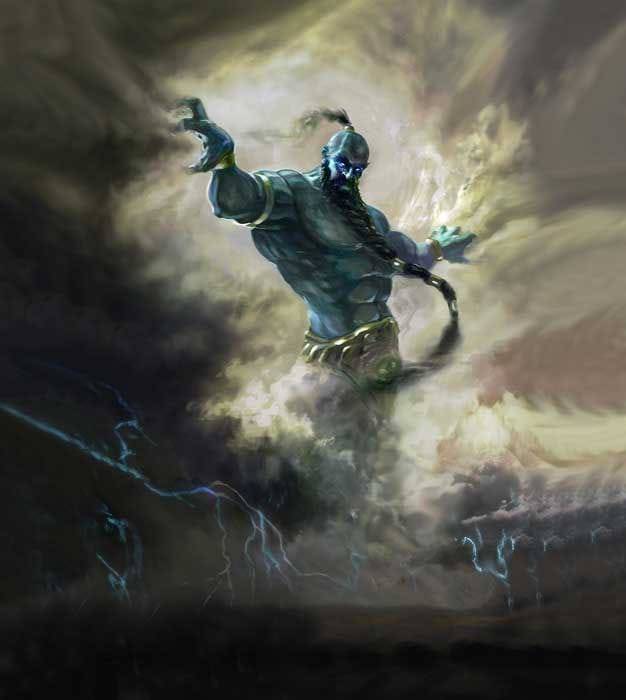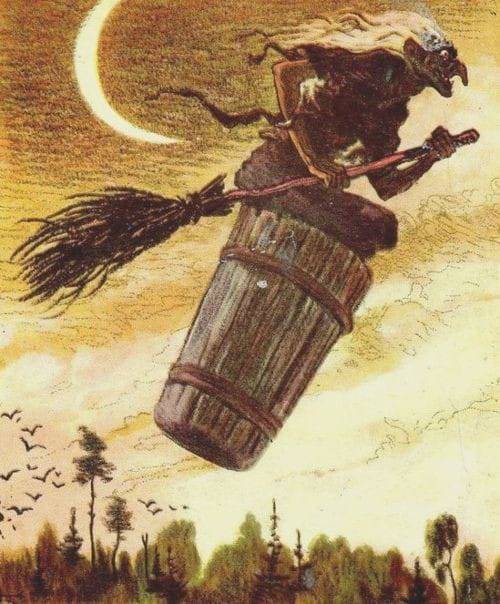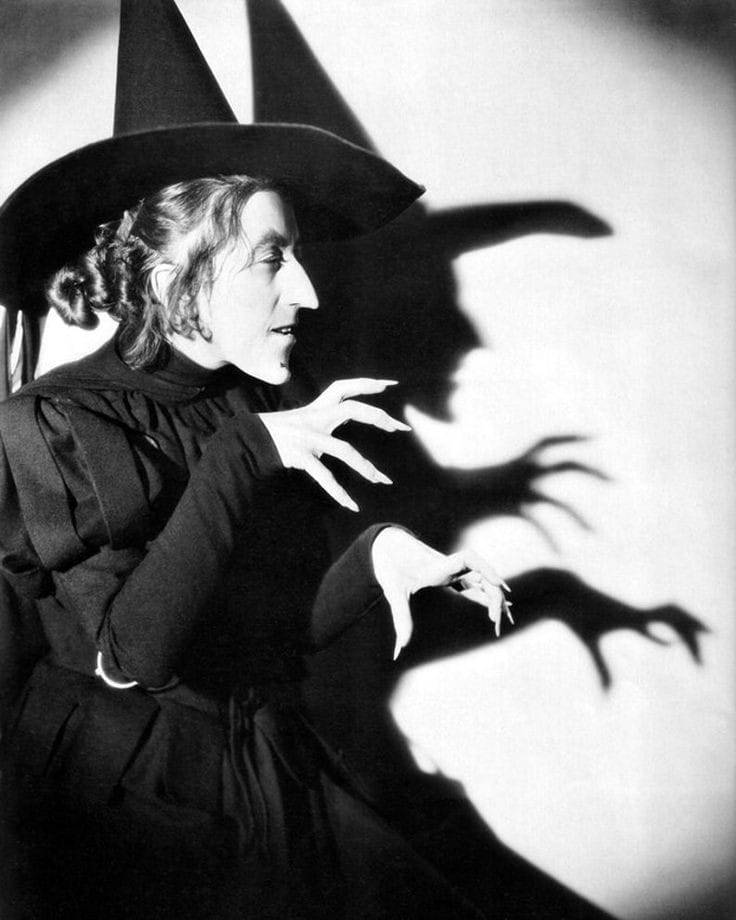Evil, as a concept, is like that universal ingredient—everyone’s got it, but they all sprinkle it on a little differently. If you take a tour around the globe, you’ll find that each culture has its own unique recipe for evil in fiction.
Let’s start in the West, where evil is often portrayed as the stuff of big-budget action movies. Western villains are the equivalent of a loud guest who crashes the party with a megaphone and a plan for world domination. These baddies are all about power, control, and causing as much chaos as possible, preferably while cackling maniacally. Take the quintessential Western villain, Darth Vader, who struts around in his black cape, breathing like he just ran a marathon, and choking people without even touching them. He’s not just evil; he’s the poster child for the “bad guys have more fun” club. In Western fiction, evil is loud, proud, and unashamedly over-the-top, like a fireworks display that goes on just a bit too long. Whether it’s the Wicked Witch of the West or the Joker, these villains revel in their villainy, wearing it like a badge of honor and making sure everyone knows exactly who the bad guy is.
Cross the Pacific to Japan, and you’ll find that evil gets a bit more… philosophical. Japanese fiction often explores evil not as a straightforward force of destruction, but as something deeply rooted in the human psyche or the supernatural realm. Villains here aren’t just out to ruin your day—they’re here to make you question your very existence. Take the terrifying ghosts in Japanese horror films like The Ring or Ju-On, who don’t just haunt houses but the very minds of the characters (and, let’s be honest, the audience too). These spirits are often wronged individuals, returning from the dead not just to scare you, but to drag you into their own unresolved suffering. Evil in Japanese fiction is like a slow, creeping fog that seeps into your bones before you even realize you’re in danger. It’s subtle, psychological, and often tied to themes of retribution and karmic justice. Imagine the villain isn’t just a person but an idea, a curse, or a lingering regret, something that haunts you long after the credits roll.
Over here in India, evil often comes with a heavy dose of cosmic significance. Here, villains aren’t just bad guys—they’re part of a grand moral drama, a cosmic play where every action has consequences that ripple through the universe. Take Ravana from the Ramayana, who isn’t just a demon king with a fondness for kidnapping but a deeply complex character with layers of intellect, pride, and devotion. He’s a scholar, a musician, and a ruler who believes his actions are justified—even as he faces off against gods and heroes. Indian fiction loves to dive deep into the gray areas of morality, where evil isn’t always clear-cut. Villains are often driven by a sense of dharma, a twisted but logical adherence to their own moral code. This makes them not just opponents to be defeated, but characters to be understood and even, in some twisted way, empathized with. It’s like debating philosophy with someone who’s also trying to kill you—there’s a method to the madness, and sometimes you’re not sure if you should argue back or just run.
Shift gears to African folklore, and evil takes on a much more playful, if no less dangerous, form. Here, the villains are often tricksters—wily characters who blur the lines between good and evil with their clever schemes and mischievous antics. Take Anansi the Spider from West African folklore, who’s always getting into trouble with his cunning plans. Anansi might not be outright evil, but he’s certainly not above bending the rules to get what he wants. He’ll trick gods, men, and other animals alike, weaving his web of deceit with a grin on his many-legged face. In African stories, evil isn’t always malevolent; it’s often just someone playing the game of life a little too cleverly for their own good. The trickster figure reminds us that evil can be fun, even funny, but it’s always a step away from turning your world upside down. It’s like playing a prank that spirals out of control, leaving you to wonder if it was really worth the laugh.
Head north to Eastern Europe, and you’ll find that evil is deeply intertwined with the rugged, often harsh landscape. Here, the villains are as tough as the winters, and just as unforgiving. Take Baba Yaga, the infamous witch who lives in a house perched on chicken legs in the depths of a dark, foreboding forest. She’s not just evil; she’s a force of nature, as unpredictable as she is terrifying. Baba Yaga might help you if you’re clever enough to win her favor, or she might cook you in her oven for dinner—it all depends on her mood and how you handle her impossible tasks. In Eastern European folklore, evil is something you survive, not just defeat. It’s about being smart, cautious, and a little bit lucky. Villains here aren’t just out to get you—they’re tests of your strength, wit, and endurance, like the final boss in a video game who keeps changing the rules. Surviving Baba Yaga’s trials isn’t just about staying alive; it’s about proving your worth in a world that doesn’t give second chances.
In the Middle East, evil often carries a sense of ancient, otherworldly power. The villains here aren’t just humans with a mean streak; they’re creatures born from smokeless fire, like the djinn, or beings who have seen the dawn of time and have the patience of the desert itself. Take the tale of Iblis, the Islamic counterpart to Satan, who refused to bow to Adam and was cast out of heaven. Iblis isn’t just a villain; he’s a symbol of pride and rebellion, a being who challenges the very order of creation. Middle Eastern fiction often portrays evil as a cosmic struggle, a battle between light and dark where the stakes are nothing less than the fate of the world. The villains here are grand, almost operatic in their scale and intent. They’re not just out to cause a little trouble—they’re here to change the world, or destroy it, depending on their mood. Evil in this context is a vast, sweeping force, something that dwarfs the human scale, making you feel like a tiny piece in a much larger game.
And then we arrive in Latin America, where evil is as much a part of everyday life as the air you breathe. Here, the lines between the living and the dead, the natural and the supernatural, are blurred to the point of nonexistence. Evil in Latin American fiction is often deeply personal, tied to family curses, ancestral sins, and the ghosts that haunt the living. Take the La Llorona legend, where a woman’s grief over drowning her children turns her into a wailing ghost who haunts riversides, looking for other children to take in their place. The evil here isn’t just about causing harm; it’s about the endless cycle of suffering, regret, and vengeance that traps souls in a never-ending loop. It’s like living in a haunted house where the ghosts aren’t just angry—they’re your relatives, with a grudge that stretches back generations. Latin American evil is intimate, personal, and inescapable, a reminder that the past is never truly dead and that every action has a ripple effect that can last for centuries.
So, what do we make of all these different flavors of evil? It’s clear that while the concept of evil might be universal, the way it’s portrayed in fiction varies wildly depending on cultural context. Whether it’s the flamboyant, larger-than-life villains of the West, the psychological and spiritual terrors of Japan, the morally complex foes of India, the playful yet dangerous tricksters of Africa, the survivalist horrors of Eastern Europe, the grand cosmic battles of the Middle East, or the deeply personal hauntings of Latin America, one thing remains constant: evil is a force to be reckoned with. It might make you laugh, it might make you cry, or it might make you question everything you thought you knew about right and wrong. But no matter where you go, you’ll find that every culture has its own unique way of telling stories about the dark side, with villains who are as varied and complex as the heroes who face them. And maybe, just maybe, that’s what makes these tales so endlessly fascinating—because in the end, we’re all a little bit afraid of the dark, no matter what language we speak.




